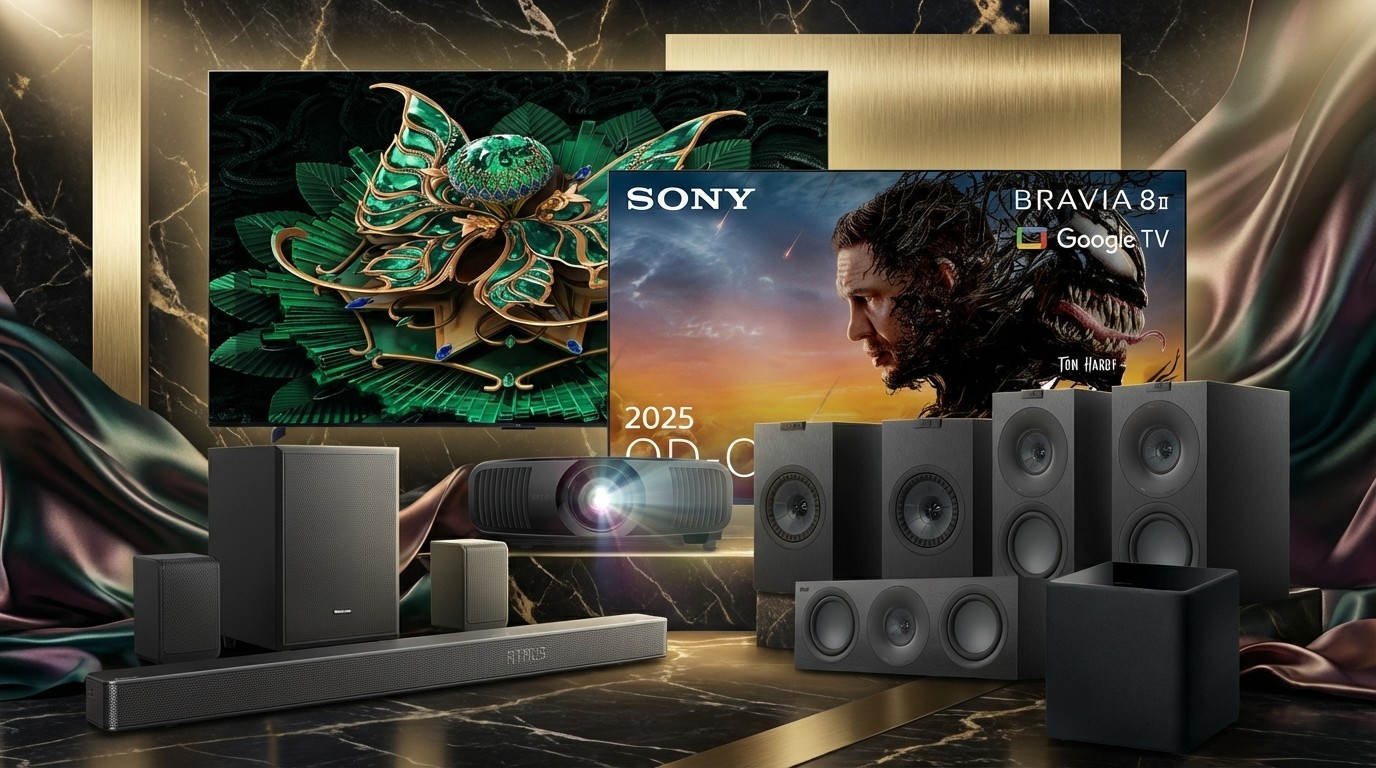What Hi-Fi? Verdict
Despite being Sony’s cheapest 4K laser projector, the XW5000ES still delivers gorgeously cinematic and detailed pictures
Pros
- +
Stunningly detailed native 4K pictures
- +
Impressive black levels and contrast
- +
Excellent picture processing
Cons
- -
Poor manual lens controls
- -
Dark HDR scenes can lose detail
- -
No 4K/120Hz gaming support
Why you can trust What Hi-Fi?
The VPL-XW5000ES is a watershed moment for not just Sony’s projection business but the home cinema world in general. Why? Because it’s the cheapest truly native 4K laser projector the home cinema world has ever seen.
The word ‘native’ is doing some heavy lifting there, to be clear. There are a number of DLP laser projectors priced lower than the Sony that would claim, with the support of the Consumer Technology Association in the US, to be 4K projectors despite having to use ‘double flashing’ technology to achieve a 4K image rather than carrying native 3840x2160 arrays of DLP’s digital mirror devices.
There are also LCD projectors, such as Epson’s EH-LS12000B, that use pixel shifting technology applied to native full HD chipsets to create a 4K effect (though this approach is not endorsed as real 4K by the CTA or any other consumer body). Sony’s VPL-XW5000ES, though, actually carries a real 4K 3840x2160 pixel count on its new 0.61-inch SXRD imaging chips.
Prior to the XW5000ES, Sony’s entry-level SXRD 4K projectors – such as last year’s VW290ES (VW325ES in the US) – have relied on lamp rather than laser technology. Moving to laser, though, means no longer having to put up with either the inconvenience and ongoing costs associated with having to replace lamps every few thousand hours of use, or the relatively rapid degradation in brightness that lamps suffer.
Inevitably, though, bringing laser lighting down to a much cheaper price point than Sony has ever managed before is going to come with a few performance and specification strings attached. So here’s hoping these compromises aren’t enough to stop the XW5000ES from adding to Sony’s fine run of 4K projector form.
Price
The XW5000ES’s £5999 / $5998 / AUS$9990 price sets it at pretty much the same launch level as the VW290ES it replaces. This is impressive given the shift from lamp to laser technology, and makes the XW5000ES look compelling value versus JVC’s current entry-level 4K proposition, the lamp-based DLA-NP5 (£7499 / $6999 / AU$10,999). JVC’s current cheapest native 4K laser projector, the DLA-NZ7, will set you back £11,499 / $11,000 / AU$16,000.
The XW5000ES is Sony’s new entry-level 4K SXRD projector, and as further evidence of just how surprisingly cheap it is, stepping up to its new XW7000ES mid-range sibling will set you back an eye-popping £14,999 / $28,000 / AUD$25,499.
The latest hi-fi, home cinema and tech news, reviews, buying advice and deals, direct to your inbox.
Design
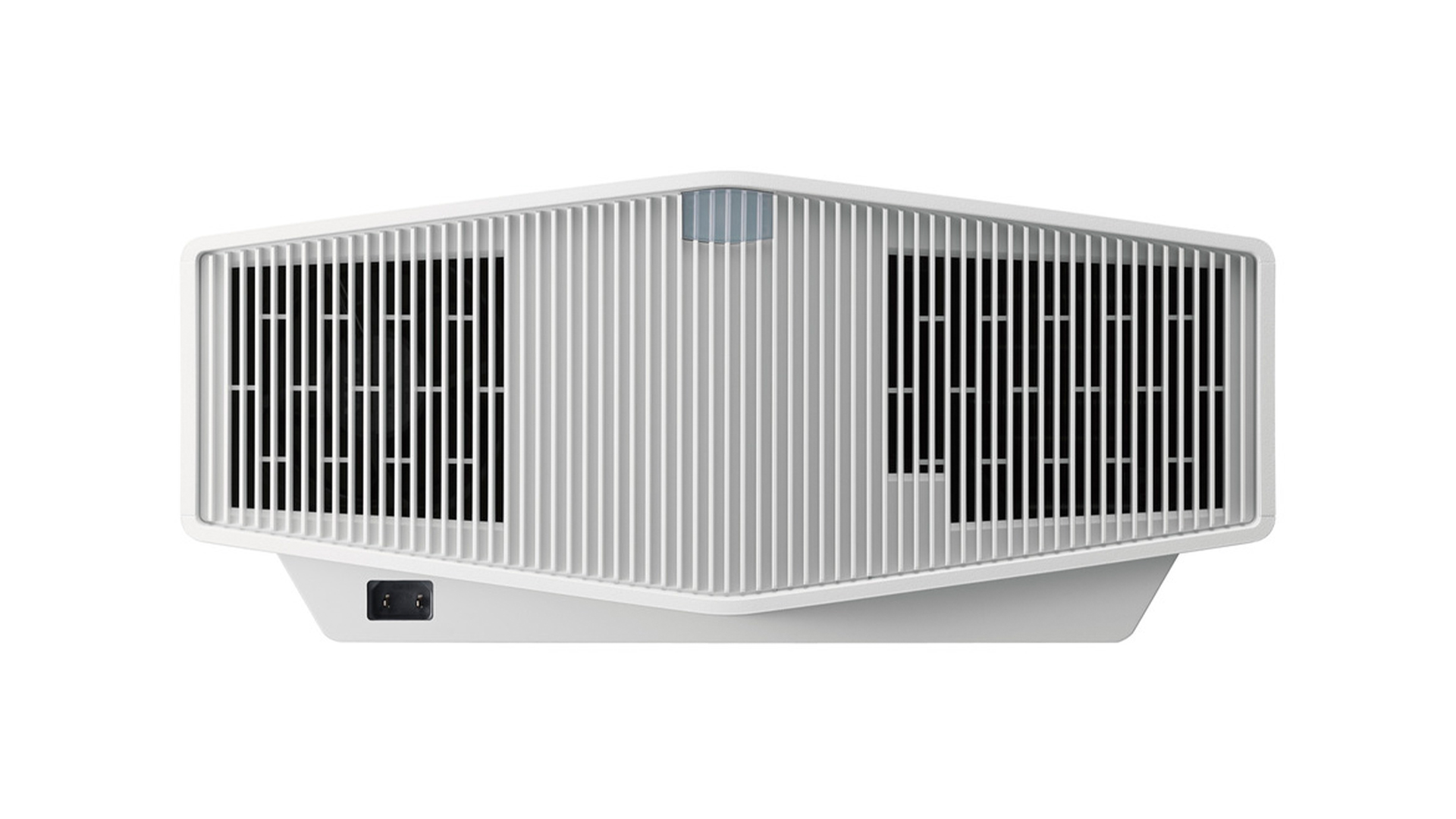
The XW5000ES is notably smaller and lighter than the brand’s previous 4K laser projectors, making it easier to handle and install. Though we’d still strongly recommend thinking of the XW5000ES as a serious projector for a dedicated home theatre room rather than as a casual living room model.
The XW5000ES’s sculpting is given a lift by a quite pronounced roof-like angled top edge, and while the bodywork features plenty of venting to help the projector dissipate heat, a new improved cooling system means that the venting doesn’t end up spewing excessive amounts of either hot air or light leakage at you.
It’s worth mentioning here, too, that the improved cooling system enables the XW5000ES to run impressively quietly even when it’s working hard with an HDR source.
The XW5000ES is available in black or white variations, to suit different types of room designs and installation placements.
Features
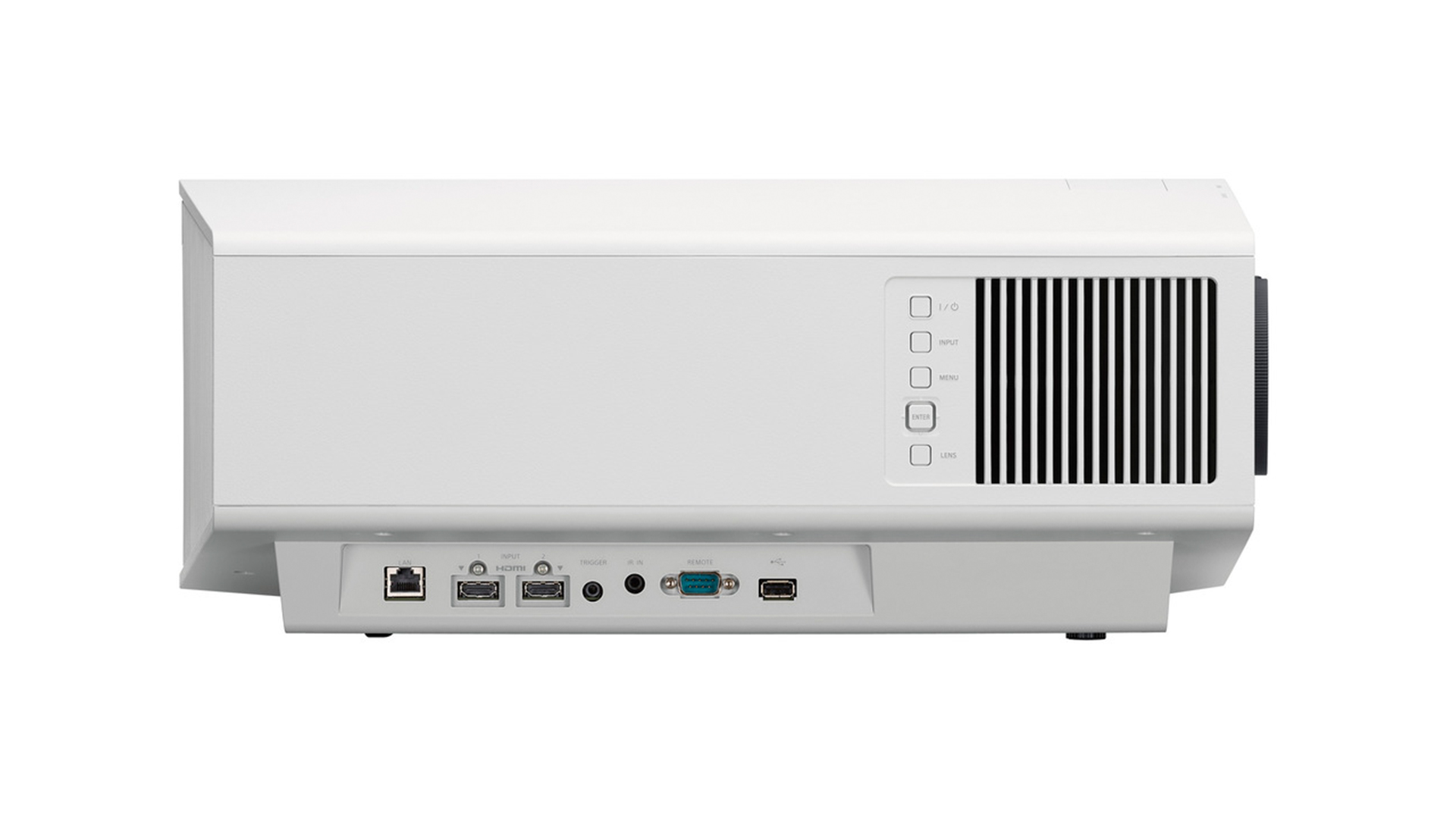
Let’s state this again in case you haven’t been paying attention: the XW5000ES combines a native 4K resolution using Sony’s proprietary SXRD projection technology with laser lighting for just £5999 / $5998 / AUS$9990.
While this sums up the XW5000ES’s star attractions, though, there’s lots of other important stuff to talk about as well. Starting with the fact that despite its affordability by Sony 4K laser projector standards, it still benefits from the brand’s new X1 Ultimate processing.
Previously only available on Sony’s uber-expensive GTZ380 flagship projector, the X1 Ultimate platform adds such features as digital contrast optimisation, object-based HDR remastering and object-based resolution enhancement to the enhanced upscaling, clarity-boosting Reality Creation and key Dynamic HDR Enhancer features provided by the previous X1 for Projector processor found on 2021’s VW290ES.
The ability of this processor to break images down into different elements that can all be treated differently, rather than the whole image being treated the same way, should help pictures look more three-dimensional and natural. Especially with Sony’s long-running Reality Creation option on hand to deliver what for our money is the projection world’s finest sharpness boosting feature.
Perhaps the single most important element of the XW5000ES’s processing system, though, is the Dynamic HDR Enhancer. This incredibly clever system analyses incoming content so that it can pick out relative bright highlights and increase their intensity without damaging/changing other elements of the picture.
The Dynamic HDR Enhancer is available in Low, Medium and High levels of intensity, or can be turned off altogether. The XW5000ES’s so-called Reference picture preset actually turns the Dynamic HDR Enhancer off, but we feel confident most viewers will prefer to leave it on, probably set to its Middle setting. We’ll talk more about this later.
The XW5000ES benefits, too, from a new Triluminos Pro colour engine that Sony claims can reach as much as 95 per cent of the digital cinema world’s DCI-P3 colour gamut, while the projector’s long list of picture presets reveals another new feature: an IMAX Enhanced mode. This shows that the projector has been evaluated by IMAX as capable of doing justice to the special mastering system used to deliver exceptionally pristine pictures from IMAX Enhanced content.
The XW5000ES’s laser lighting is rated to deliver a peak light output of 2000 lumens. That’s a cool 500 lumens more than you got with its VW290ES predecessor – enough to potentially transform picture quality with HDR sources.
This extra light combines with a trio of new 0.61-inch SXRD chips that are the smallest Sony has ever managed to produce. As well as potentially leading to sharper, more densely detailed pictures, these new SXRD chips are apparently more reflective and deliver a more uniform reflective surface than their predecessors – factors that could also enhance contrast, colour accuracy and colour gradations.
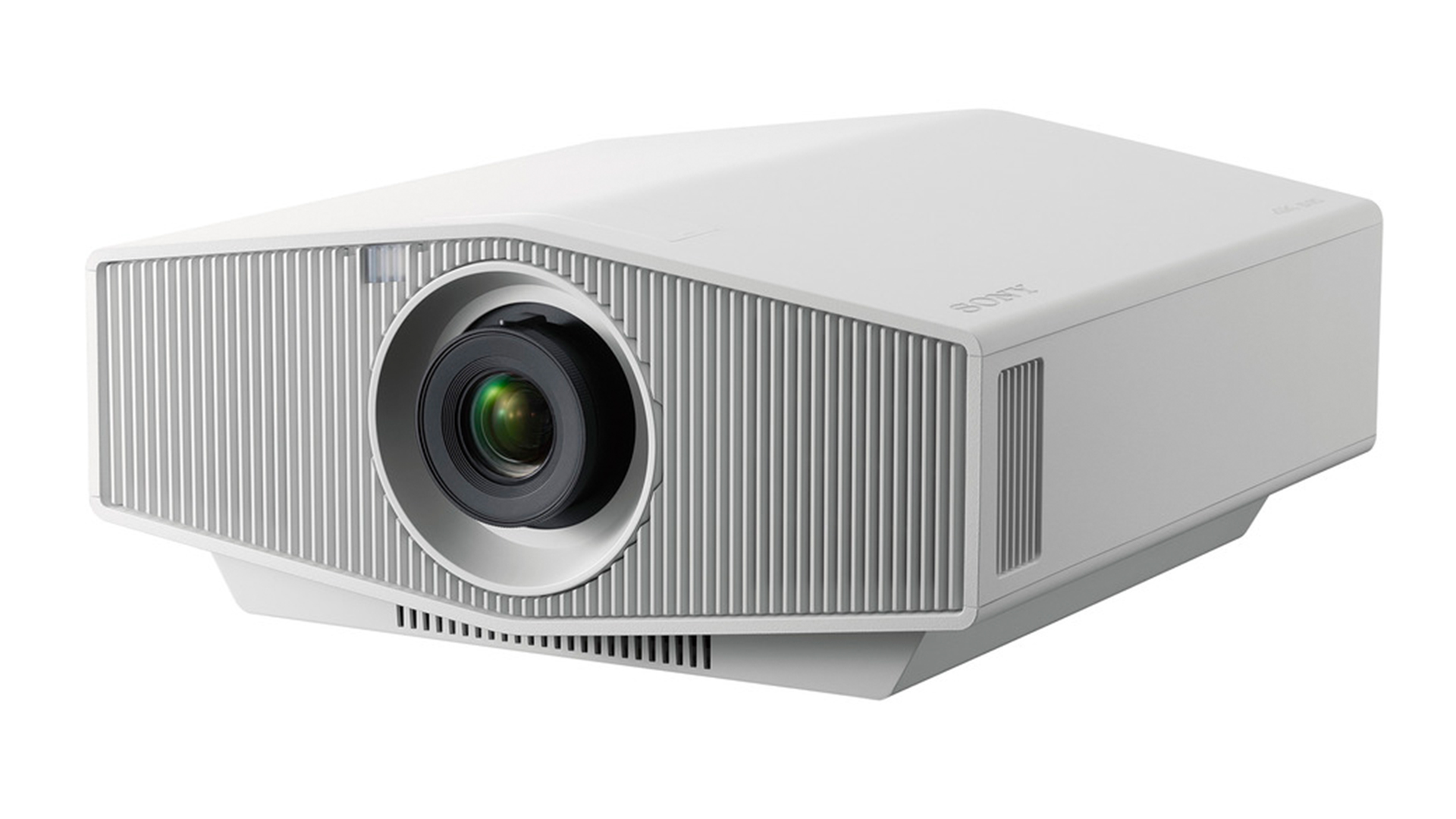
Display Technology Laser SXRD
Resolution 3840 x 2160
Screen size Up to 200 inches
Ports 2 x HDMI 2.0, USB A
Dimensions 20 x 46 x 47cm
The XW5000ES’s lens is a 10-piece, Φ54mm aspherical design, with a throw ratio of 1:1.38-2.21. This is a decent spec, but it’s worth saying that the step-up XW7000ES gets a 13-piece Φ70mm Aspherical lens, as well as upping the brightness from its laser lighting engine to a massive 3200 lumens.
The XW5000ES’s connections are OK for a projector at its price, as two HDMIs are joined by a 12V trigger output, plus 3.5mm IR input, Ethernet and 9-pin remote ports to aid integration into wider home control systems.
It’s a shame to find, though, that its twin HDMI ports are still limited to 18Gbps bandwidths, which means they still don’t provide support for the 4K at 120Hz graphics now available from the PS5, Xbox Series X and top-end PCs. Such support still isn’t common in the projector world, but is nevertheless something a projector at the XW5000ES’s level would ideally be coping with now.
Sony has at least introduced 120Hz support at 1080p resolution to one of its projectors for the first time, which will be much appreciated by serious gamers who don’t want to miss enemies between frames. The fact that Sony has managed to get the XW5000ES’s input lag down to 21ms in 4K/60 mode and 13ms in 1080p/120 mode with its fast response feature active is good news for gamers too.
However, it turns out that 4K/120 isn’t the only video format the XW5000ES doesn’t handle that we’d ideally have liked it to. There’s no 3D playback either, or any support for either of the HDR10+ or Dolby Vision advanced HDR systems, which add extra scene by scene data to the image stream to help compatible devices deliver better results.
Support for HDR10+ and, especially, Dolby Vision is hardly common elsewhere in the projector world, to be fair, and Sony also hasn’t adopted HDR10+ for its TV business. The fact that even a handful of projectors now support one or other of the advanced HDR formats, though, is enough to make us wish a projector as potent as the XW5000ES did too.
One final disappointment finds the XW5000ES losing the motorised lens adjustments that have been a feature of Sony’s SXRD for so long. Now your zoom and focus adjustments depend on physical rotations around the lens, while optically shifting the image depends on vertical and horizontal movement wheels tucked under a pop-off cover on the XW5000ES’s top edge.
The move to manual lens shifting means there’s no ‘lens memory’ functionality available, where you can adjust the image settings for different aspect ratios. Also the image shift wheels are almost bizarrely ‘baggy’ and imprecise, making it much more of a chore to get pictures precisely where you want them than it should be with such a premium projector.
Picture
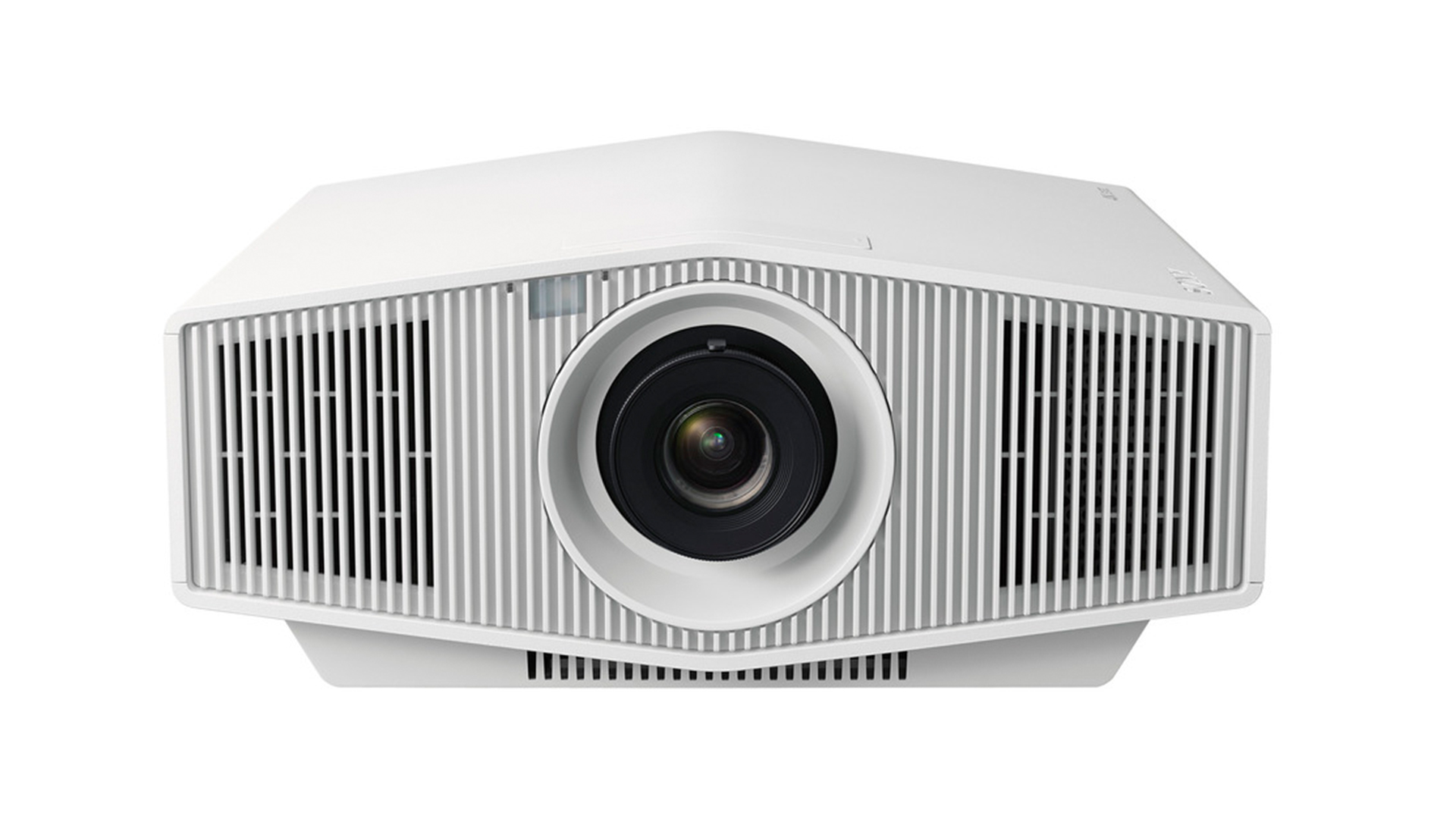
The XW5000ES’s picture quality does its level best to instantly make you forget about any set-up and feature shortcomings. The step up it delivers over the already impressive VW290ES is so substantial that it redefines projector expectations at its price.
This is partly a result of the wider colour and extra brightness the move to lasers has enabled, but is also down in no small degree to the new X1 Ultimate processor, which turns out to be phenomenally effective by the standards of a projection world that traditionally feels miles behind TVs when it comes to image processing.
The XW5000ES’s pictures look so good right out of the box that it takes a while before you can even start trying to break them down into their constituent parts to try and quantify what the projector is doing so well.
Black levels and local contrast eventually turn out to be worth looking at first, not least because they quickly explode our pre-review concerns that introducing laser lighting at such an unprecedented price point for SXRD projection could see Sony really struggling to present dark scenes convincingly.
In fact, though, with either of the two Cinema Film settings that sit at the top of Sony’s preset list, black levels are excellent. Deep, rich and neutrally toned, with none of the infusion of red or blue undertones that can affect dark scenes on many other (especially laser) projectors. There’s no interference over the image’s punchiest elements, either, from the ‘rainbow effect’ colour striping noise often seen with rival DLP projectors.
The Dynamic HDR Enhancer works its now familiar magic, meanwhile, when it comes to injecting extra impact into the sort of bright highlights that make HDR images sing. In Blade Runner 2049, for instance, the extra luminance the Dynamic HDR Enhancer can inject into the black and white ‘hologram’ of Frank Sinatra is hard to reconcile with the fact that the XW5000ES inevitably doesn’t support any local dimming technology. Especially as it ‘boosts’ such bright highlights without messing up the rest of the picture.
The High setting pushes things too far, it should be said, causing bright highlights to stand out too much and causing detail to be lost in the brightest areas. The Middle setting causes a touch of peak detail clipping too, but not enough to deny yourself the stunning impact it brings. In fact, it’s one of the main reasons to buy an XW5000ES.
While we’re on the subject of the XW5000ES’s dynamic light handling, it’s great to find that any major shifts in the laser output appear to take place ‘between cuts’ rather than within a shot, so you’re hardly ever distracted by obvious brightness ‘jumps’ or flickering.
The only exception to this is the way the Cinema Film 1 and 2 picture presets, that generally yield the most all-round engaging pictures, appear to turn the lasers off during fades to black. This can cause distracting light ‘jumps’ as the lasers turn off and then on again. Fortunately you can stop this happening without upsetting other aspects of the picture by switching the Dynamic Control feature in the XW5000ES’s Laser Light Setting menu from Full to Limited.
The XW5000ES further earns its stripes over cheaper ‘4K’ laser projection rivals with its phenomenal sharpness. Perhaps because of the new SXRD chip, native 4K footage looks even more detailed, dense, three-dimensional and crisp than it has on any of Sony’s previous entry-level and even mid-range 4K SXRD projectors. In fact, the XW5000ES, backed up by the processing prowess of Sony’s Reality Creation system and a digital focus optimiser system that uses digital processing to compensate for potential lens focus errors, delivers the finest display of the benefits of 4K resolution that we’ve seen on any projector costing the healthy side of six figures.
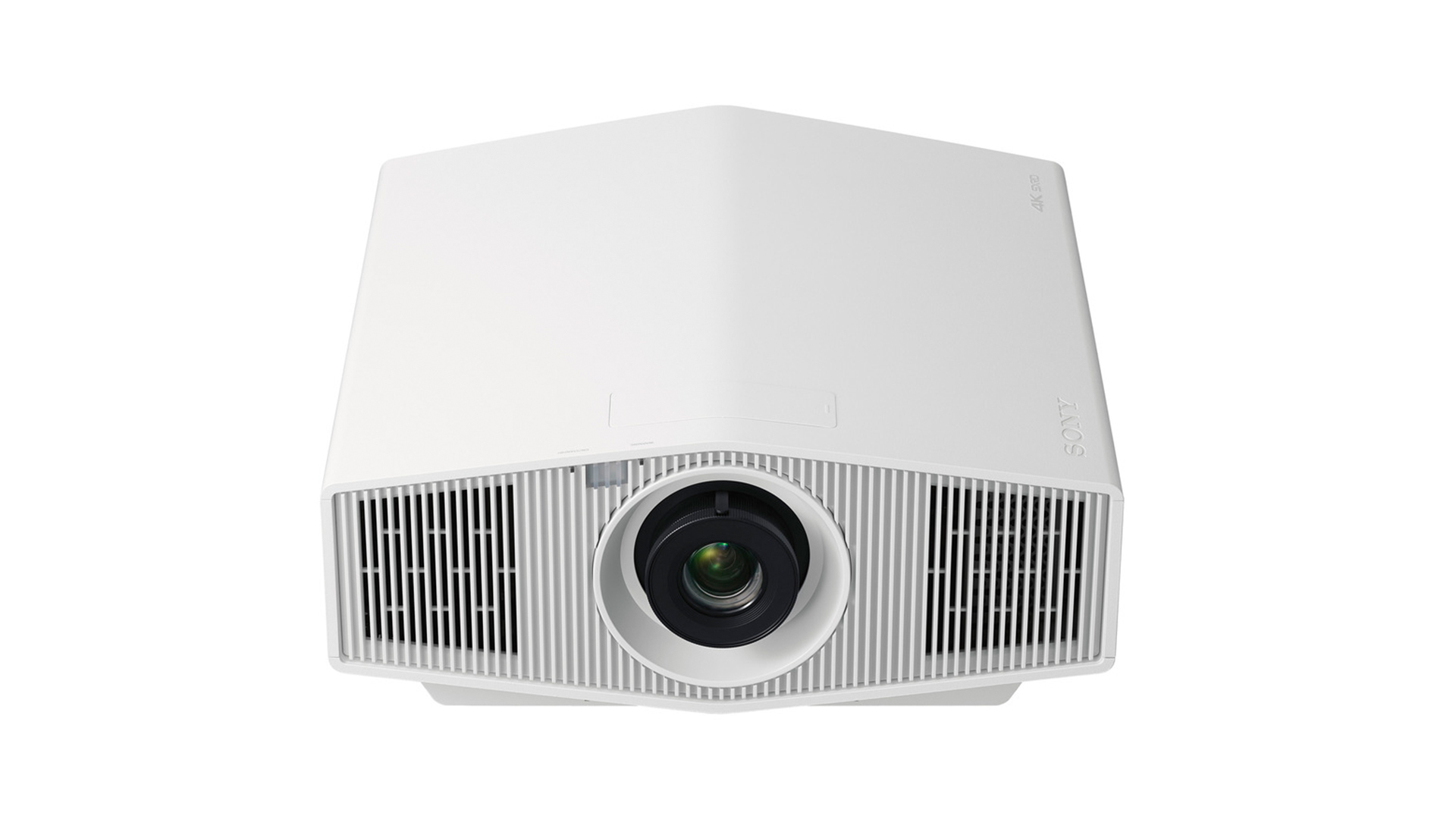
The XW5000ES’s improved processor helps it deliver phenomenal upscaled HD image quality too, leaving the HD images of the vast majority of its 4K rivals looking soft and artificial by comparison.
Even better, Sony’s already class-leading motion handling has gone up yet another gear under the X1 Ultimate processor’s watch. The default True Cinema mode is hands down the most effective, cinematic out of the box motion setting you’ll find on any projector – or maybe any display device, full stop. It just does a perfect job of gently massaging away the distractions 24fps sources can cause on home entertainment hardware without turning films into EastEnders, and without generating any distracting unwanted processing side effect ‘mess’.
Sony’s new Triluminos colour system yields phenomenal results, too, delivering beautifully balanced, exceptionally nuanced, bold-but-controlled and totally natural colours across the board. The XW5000ES happens to arrive on our test benches towards the end of a run of different projectors from a range of price points, and the precision and immersive authenticity of its colours with all sorts of content shines out like a beacon of home cinema purity. Only JVC’s more expensive NP5 gets close to matching it.
Despite its lack of 4K/120Hz support, the XW5000ES delivers a stunning gaming experience. The combination of detail, contrast, colour nuance and pixel for pixel 4K purity gives you a whole new appreciation for the graphics standards we’re now enjoying from the latest consoles and PCs. In fact, the XW5000E’s picture engine is so good that we actually found it hard to believe that the 1080p/120Hz feeds we tried weren’t actually 4K/120Hz.
The only time the XW5000ES can look anything less than absolutely stellar with any sort of content, gaming or video, is during mostly very dark shots/scenes that contain some extremely bright highlights.
A good example of what we’re talking about here would be the scene in Blade Runner 2049 where Agent K talks with Sapper Morton in the latter’s kitchen. This whole scene features a mostly very dark room punctuated by almost pure white windows, against which the actors frequently sit or stand just to make things even tougher for displays to handle. The way the XW5000ES handles this with the Dynamic HDR Enhancer in play, using the generally most cinematic Cinema Film 1 or 2 picture presets, finds the dark parts of the room tending to suffer with a little black crush, while the actors’ faces look a little dark. The XW5000ES’s usually excellent black levels become noticeably more raised for this extreme contrast sequence too, as the projector’s processing wrestles with how to balance an HDR level of punch for the white windows with the near blackness of parts of the room’s interior.
Switching to the XW5000ES’s Reference picture preset with this Blade Runner 2049 sequence actually delivers an all-round better image, with more shadow detail and less silhouetting of the actors. The image also looks less dynamic, though, and for the vast majority of the rest of the movie, by far the most satisfying results are obtained by switching back to Cinema Film 1 or 2.
While our Blade Runner 2049 experiences reveal that there’s no single preset on the XW5000ES that can be depended on to deliver 100 per cent satisfaction for every single scene in every single film, though, the simple fact of the matter is that the sort of scenes that cause the XW5000E any trouble are extremely rare. What’s more, even at its weakest the XW5000ES still looks in truth better than most rivals, while at its best – which is what you get for 99 per cent of the time – it’s pretty much imperious for its money.
Verdict

While you inevitably have to accept a compromise or two in return for Sony delivering a full 4K laser projector at this price, those compromises are ultimately crushed by the joyous impact the XW5000ES’s combination of laser lighting and exceptional X1 Ultimate processing has on both your immediate and long-term movie night thrills.
Review published: 2022. Review updated: November 2024.
SCORES
- Picture 5
- Build 4
- Features 4
MORE:
Read our review of the JVC DLA-NP5
Also consider Samsung's The Premiere LSP9T
Read our Sony VPL-VW590ES review
These are the best projectors: Full HD, 4K, portable and short-throw
What Hi-Fi?, founded in 1976, is the world's leading independent guide to buying and owning hi-fi and home entertainment products. Our comprehensive tests help you buy the very best for your money, with our advice sections giving you step-by-step information on how to get even more from your music and movies. Everything is tested by our dedicated team of in-house reviewers in our custom-built test rooms in London, Reading and Bath. Our coveted five-star rating and Awards are recognised all over the world as the ultimate seal of approval, so you can buy with absolute confidence.
You must confirm your public display name before commenting
Please logout and then login again, you will then be prompted to enter your display name.


